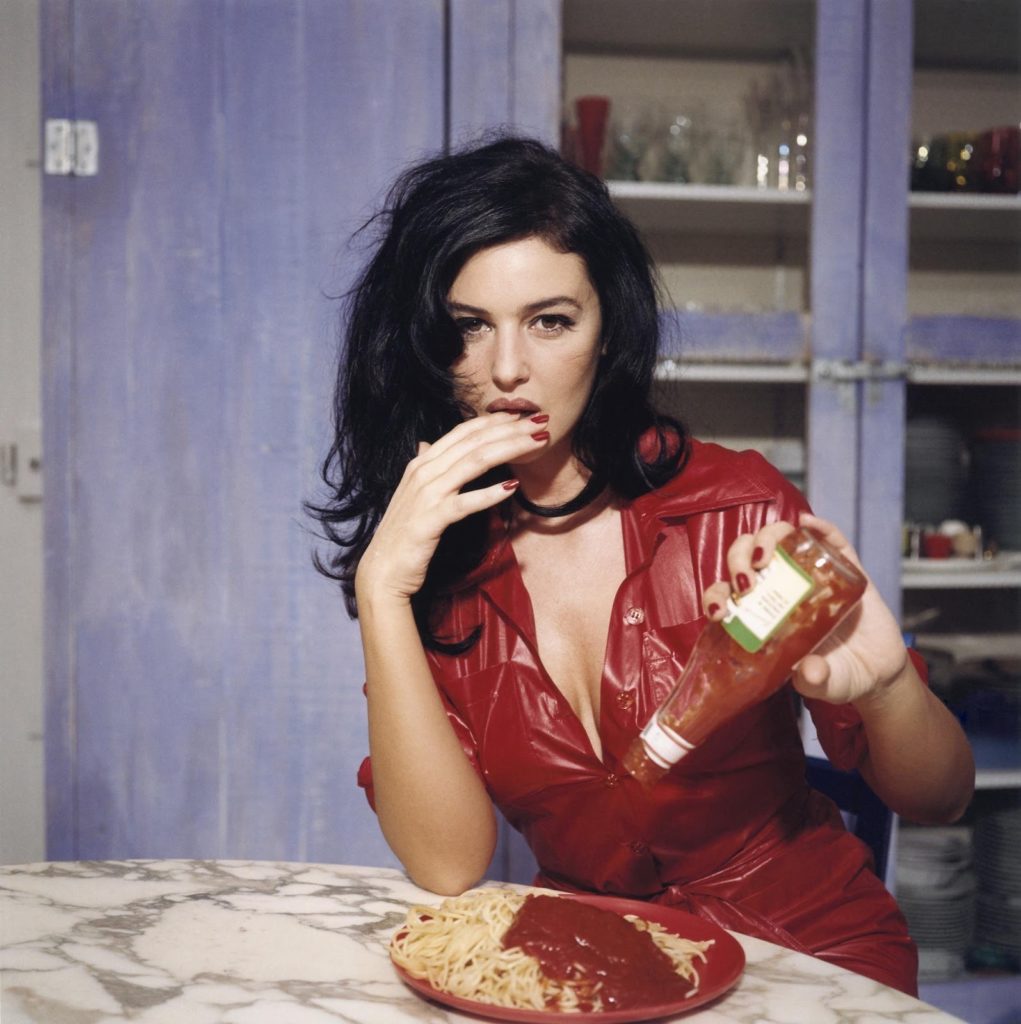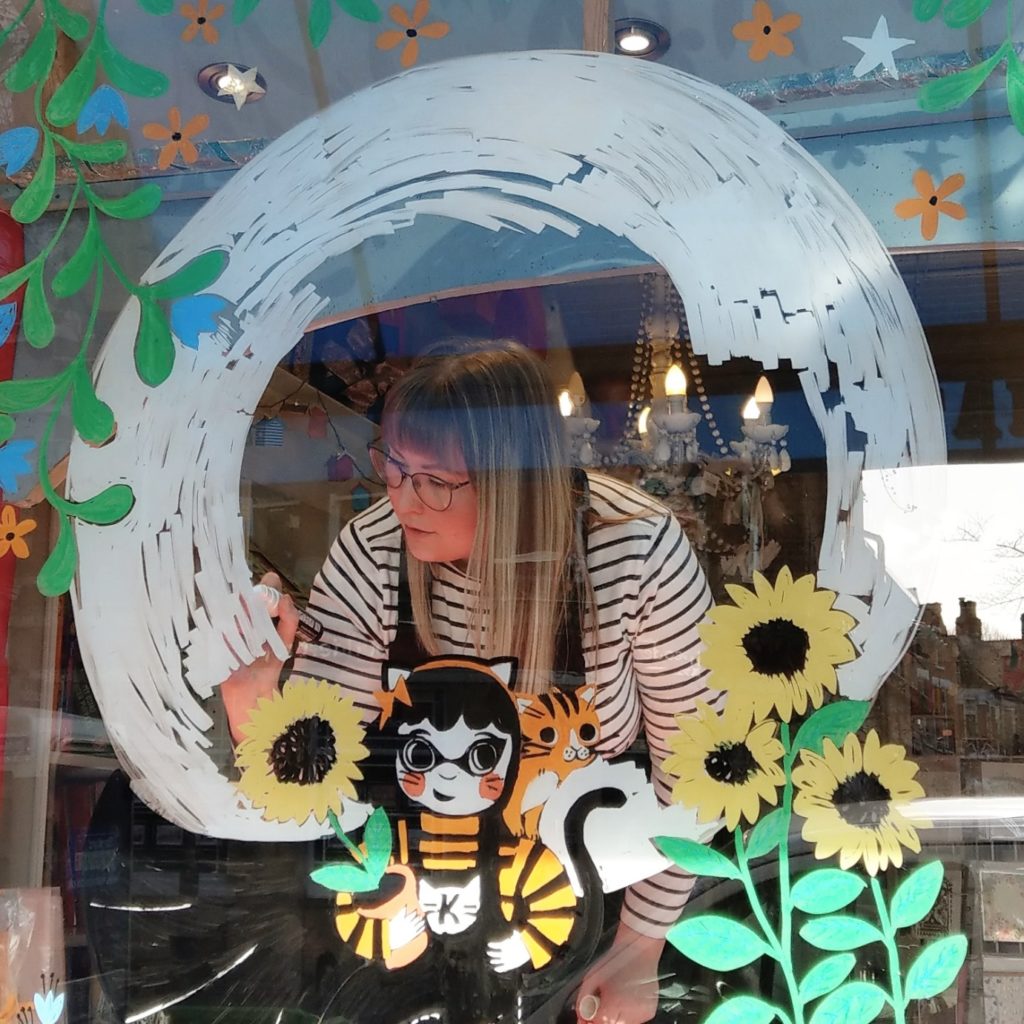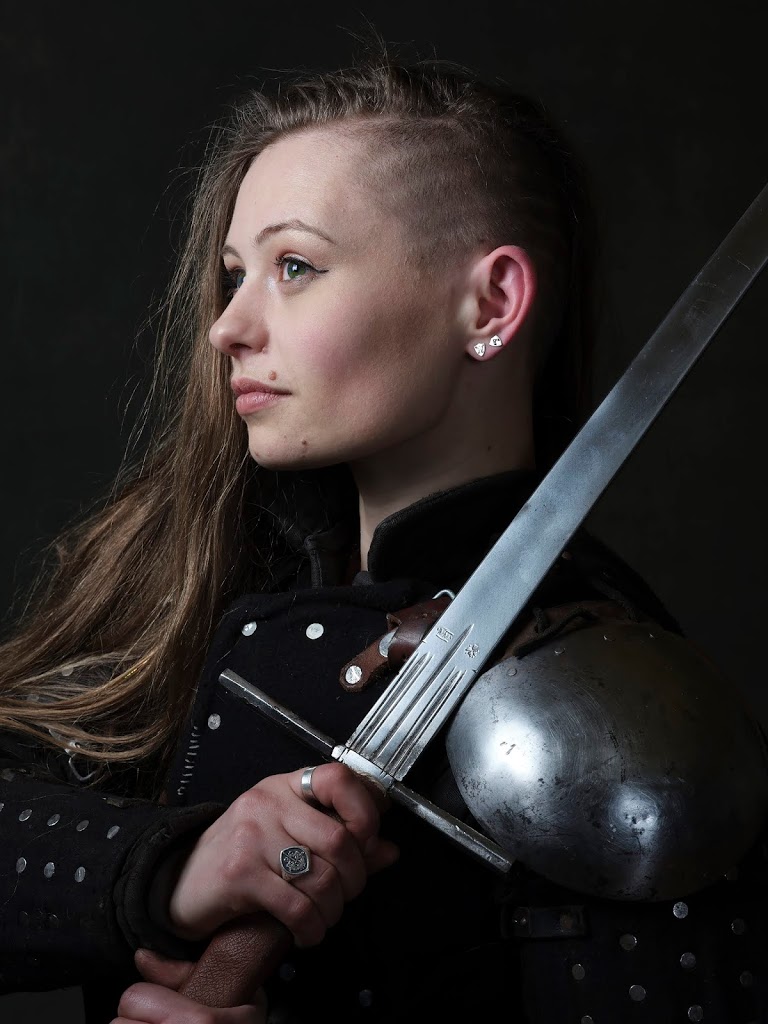28.01.2016 – 27.03.2016
Bettina Rheims is a French photographer known for her iconic portraits of female models like Monica Belluci and Lara Stone as well as those of transsexuals, acrobats and strippers. Her oeuvre spanning thirty years is currently being exhibited at the Maison Européenne de la Photographie in Le Marais, Paris with a queue around the corner. Despite the sexuality of her work, there’s a visible sense of trust between the photographer and her subjects as reflected by Lara, January 2008 where the supermodel is at her most vulnerable in an implied post-coital scene with fresh marks on her skin from vacant jewellery, which makes it – a quite literally – stripped back photograph.
Fascinated by the female form, Rheims famously declared, “I love flesh, I am a photographer of the skin.” There is a raw sexuality to her evocative work that her audience find addictive as seen in the arguably pornographic Morceaux Choisis series of “four women making love for real” and portraits like Heather Graham in a strange mood crushing a Tab can, November 1996. Shot in LA, Heather is a lip-gloss drenched erotic fantasy with near-exposed breasts as she crushes a symbol of consumerism whilst writhing on a fur rug. It carries all the clichés of a retro porn film, but also asserts its artistic integrity.
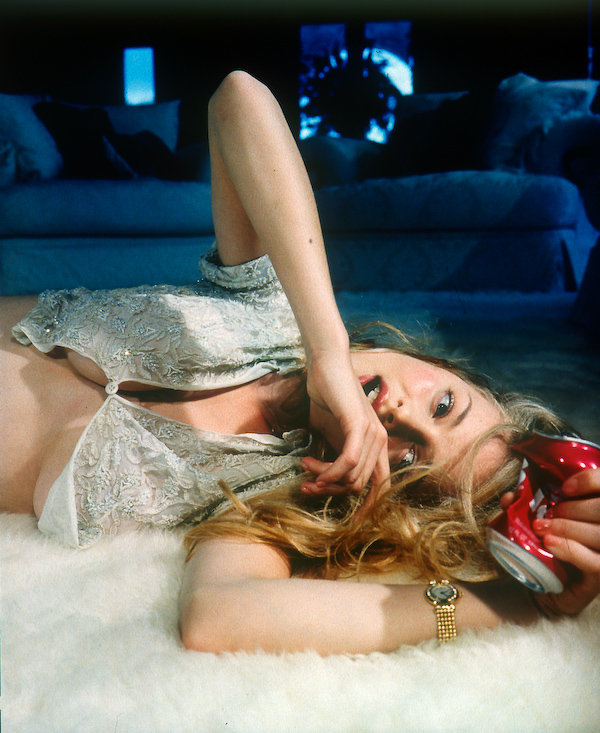
Rhiems began shooting strippers and acrobats in 1978 and later published Female Trouble, 1989 with her portraits of both famous and unknown women. She also dabbled with photographing the fixed stares of taxidermy animals when she played with the idea of, “expressing something beyond death.” These fixed stares also carry in her portraiture as with Kristen McMenamy with Black Make-up on her Hand, June 1994. Rheims visibly allows literary and artistic references into her images as the girl is interrupted in her bathroom – the domestic sphere – reflecting the composition and eyes in Edouard Manet’s Olympia.
As her subject matter suggests, Rheims was interested in women’s place in society, but also how they were represented in art. Gina and Elizabeth Kissing, March 1995 in LA is a scene depicting two glamorous women with feminine motifs like the exposed bra strap and diamond earring. The magic lies in the underlying sense of uneasiness between them, which reflects Rheims’s ability to record on film the intimate, unsettling emotions that create a special kind of tension in the photograph. Although, remember that Rheims didn’t take herself too seriously and there was a heavy dose of both humour and irony in her work as illustrated by Karen Mulder with a Very Small Chanel Bra, January 1996 shot in Paris.
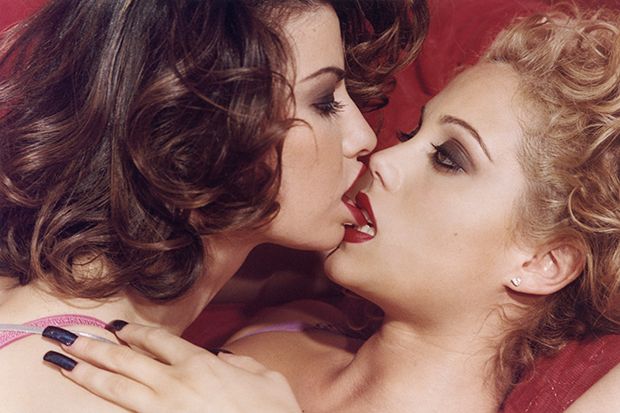
Everything about the photographs Rheims takes is controlled and deliberate as her subjects are placed within carefully staged settings. This is embodied by my favourite photograph from the exhibition Breakfast with Monica Belluci,November 1995. Taken in Paris, the subject embraces all the stereotypes of Italian women’s sexuality as the leather-clad actress twirls pasta and licks sauce from her red nails. Despite the risk of sterility that Rheims’s stage sets could present, there’s also a vulnerability to her subjects as seen in Claire Stanfield crying in the Formosa cafe, 1994, LA where her soaked dress exposes her figure just as her tears expose her soul.
Aside from the Robert Mapplethorpe and Alice Springs retrospectives, it was one of the best photographic exhibitions I’ve ever seen in Paris. Not only challenging, but aesthetically pleasing portraiture, but the way Bettina Rheims assessed gender in her controversial portraits of both known and unknown women and transsexuals. Unlike so many photographers, her erotic portraits are empowering rather than exploitative of the female form, because she understands her subjects and there is a visible rapport between them.
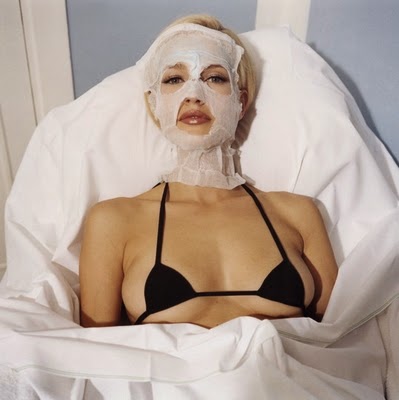
Written by Flora Alexandra Ogilvy, founder of Arteviste.com

